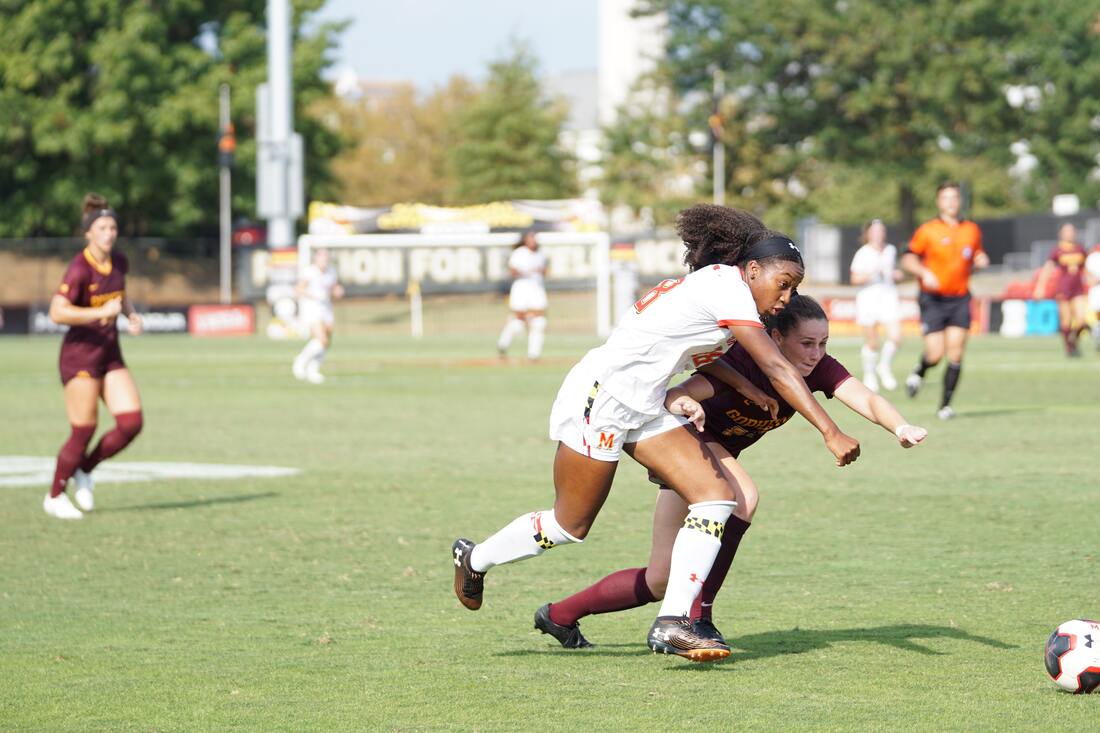|
SEARCH My Blog (Opens in new tab)
Improving your sleep improves your life, try these Photo by Jeffrey F Lin on Unsplash In order to continually perform at their best, elite soccer players use strategies to improve their sleep hygiene. We can apply some of these strategies to our own recovery from exercise, and generally to improve the quality of our sleep. Our sleep quality generally declines as we age. We don’t have the late-night matches, the travelling, nor the intensity of the training of pro players. However chronic insomnia affects 57% of the elderly in the United States, with impairment of quality of life, function, and health. In fact, some medical researchers call insomnia "a neglected epidemic". It is one of the most common complaints in patients with mental health problems. Furthermore, a recent (2018) study found that older people who took more than 30 minutes to fully fall asleep had lower bone mineral density than those who fell asleep faster. Improving our sleep quality not only makes our life more healthy and more enjoyable but very likely will mean that we live longer. How sleep worksIn order to apply the techniques of the elite athletes, let's review how sleep works. By knowing this you will be able to better adapt the ideas to your own circumstances.
This means that simple, practical, and pharmaceutical-free sleep hygiene strategies that you can self-administer while attempting to fall asleep - or just prior to sleep - are required in order to "throw the switch", i.e. to fall asleep. "Falling asleep" normally means to drop into the lightest of the non-REM sleep stages. Sleep can be classified into two distinct types, being Rapid Eye Movement (REM) and Non-Rapid Eye Movement (NREM). These classifications include specific stages of sleep as categorised according to the criteria of the American Academy of Sleep Medicine (AASM). In this system, NREM sleep consists of two light stages of sleep (N1 and N2), and a deeper stage of sleep, slow-wave sleep (N3). During deep sleep our bodies and brains slow down, and metabolic activity is at its lowest point (i.e., slow breathing, low heart rate, and low cerebral blood flow). At this point the endocrine system increases the secretion of growth hormone via the pituitary gland. Thus sleep assist recovery of our central nervous system and our metabolism. Four ways to improve sleep qualityIdeally, we want to get to sleep quickly, gain the benefits of each stage of sleep, sleep deeply, and wake up alert and fresh. Here are four ways that improved sleep performance for elite athletes. They'll also work for you:
Napping, timing and duration matterDuring the period of Rapid Eye Movement sleep we experience most of our dreams, and our brains are incredibly active. The timing of our sleep improvement strategies has to take the difference between sleep phases into account. Taking the different phases of sleep into account means that the duration of naps matters. Brief naps for between 5 and 30 minutes have been found to improve performance, whereas longer naps - greater than 30 minutes - do not. That is because longer naps are associated with sleep inertia and a loss of productivity - the commonly observed effect of waking from deep NREM sleep. Studies have found that the timing of naps also matters. People generally drop off to the sleep more quickly and sleep more efficiently when naps are taken in the afternoon circadian dip in alertness. Science has finally caught up with the benefits of the Spanish tradition of an afternoon siesta! On the other hand, sleeping in the morning is less recuperative, and sleeping during the evening forbidden zone of 8 pm to 10 pm is likely to lead to a disturbed night's sleep. Stay active, even after a bad night's sleepChronic sleep loss is the most common cause of the tendency to sleep during the day. However, as noted above, only an afternoon nap of fewer than 30 minutes is helpful. Dropping off at other times or for longer makes things worse and it becomes cumulative. Here's the trick. When you're feeling tired then you are tempted to do little - perhaps watch TV and lie about indoors. The strategy which will do you the best is to do the opposite. Stay active, go outside into the sunlight. You'll sleep better that evening. There's a good reason for this. Neurometabolic theories of sleep tell us that sleep replays the neural and metabolic cost of being awake i.e. if we laze about then our sleep function at night will also "laze about". You get the best from sleep when your brain and body have been working during the day. Make an effort to get outside every day, and to walk briskly or exercise in order to sleep continuously through the night. Don't chronically oversleep Also, if you are getting up late and only staying awake for 10 hours or so, then your body won’t feel like sleeping. This will become a vicious circle, where you will sleep poorly, then nap at the wrong times or slouch on the couch all day which will set you up perfectly to sleep poorly again. Activity will not only help you break this habit but will also provide you with the mental motivation to spend less time in bed. Imagine, you can actually get a good night's sleep again if you stop spending too much time in bed. Light therapies - including dawn simulationThe first useful light therapy is related to being active and getting outside, as mentioned above. Elite players are encouraged to get up and go outside in the bright morning sun. The light from the bright morning sun is more effective at kicking our metabolism into gear for the day, and hence setting us up for restorative night sleep. This technique also works to reduce jet-lag. A brisk walk in the morning is a great way to set ourselves up for a good night's sleep, and to help fatigued and tired muscles recover. Avoid blue light - you know that, but how about red light? We know that blue-light late in the evening adversely affects our sleep quality - for example it suppresses our levels of melatonin which reduces the metabolic benefits of sleep. Therefore, avoid the common sources of blue-light radiation as early as you can each evening, and not in bed. Red light sources are a different matter. Although it is not totally conclusive, many studies have found that red-light treatment before sleep improved the sleep quality of pro athletes - as reported subjectively. The timing of each treatment and specifics of the red light frequency and power are a little complicated, so not so practical. Here's a simpler way. The soccer players were able to benefit from "red-light treatment" by wearing "blue-blocker" goggles with short-wavelength filters (0% transmission at less than 480nm). After night matches players wear the goggles on the way back to their lodgings. The use of blue-blockers has been found to increase total sleep by 40 minutes, reduced the time to get to sleep by 8 minutes, and the time to wake properly in the morning was reduced by 22 minutes. The use of blue-blocker goggles sounds a bit quirky, but if you're after better sleep then they are definitely worth a try. They are available for between $30 and $100 (search for "blue light blocking glasses for sleep"). Dawn simulation - morning has broken Finally, for the adventurous, a controlled sequence of morning light exposure has been found to help alertness and the ability to wake up faster and feeling better. This is called the "dawn simulation" technique. Dawn simulation involves a gradual increase in the brightness of a low-intensity light during the last 30 minutes of sleep - prior to waking from sleep. The effect is to reduce the transient state between sleeping and feeling fully awake. This could be done with a programmable wifi light. Beneficial results include not only waking up more alert but also better cognitive and physical performance. Eliminate the bedroom clock Finally, after playing night matches, soccer players were found to sleep better when all sources of light were removed from their rooms. A low-light and cool (18–19 °C) sleep environment worked best - including avoiding all electronic stimulants (i.e. television, mobile phones, computers) in the hour prior to sleep. Nutrition - cherry juice and turkeyAlthough various theories exist about ingesting protein immediately prior to sleep, the authors of the current study stated: "future studies are required to confirm these results with soccer players experiencing sleep disturbance after a night soccer match". However, tart cherry juice has delivered good results in improving sleep quality. Two serves of 30ml each - one after awakening and one before the evening meal - have been found to significantly improve sleep quality and total sleep time. Tart cherry juice contains antioxidants and anti-inflammatory phytochemicals, which are both beneficial to reduce inflammation and the production of melatonin. Dinners which include turkey (300g) or pumpkin seeds (200g) have also been found to have a sleep-inducing effect - pushing the flip/flop switch faster into a sleep position. Having a tryptophan-rich breakfast also helps (tryptophan is an amino acid which catalyses melatonin production) i.e. bananas and fermented soybeans. The combination of a tryptophan-rich breakfast, dinner, and blue-blocker goggles before bed should substantially benefit sleep duration and quality (in healthy individuals). We all need the best quality sleep that we can getThe different stages of sleep and their separate functions show that to gain full benefit from our rest, both types and stages are equally important. The faster you can get to sleep, and start cycling through the stages the better your mind and body will recover. The regime of elite soccer players includes intense competition which leads to post-match fatigue that is mainly linked to a combination of glycogen depletion, muscle damage, and mental fatigue. Recovery strategies are required during congested schedules to alleviate post-match fatigue, regain performance levels, and reduce the risk of injury. A key crucial component of their recovery is sleep. We can use these same strategies to remain alert, fit and healthy. Choose from among the napping, outdoor activities, light therapies, and nutrition tips to see what works best for you. Good luck. > More posts to help you with EXERCISES > More posts to help you with DIABETES > If you are a @MEDIUM reader my publication Body Age Buster has hundreds of categorised posts which I have written especially for men and women over 50 Follow me on Quora for more health and fitness tips.
If you valued this article >> Follow me Leave a comment >> Share it >> Stay healthy If you have any questions email me and I will get back to you. Latest: get your free customised fitness plan designed uniquely for you.
|
ChoicesSince I was diagnosed at 50 with Type 2 diabetes I've been learning how to do bone-building fitness training which lowers my age. You can too. It's your choice. Walter Categories
All
Archives
May 2023
|
 RSS Feed
RSS Feed 


